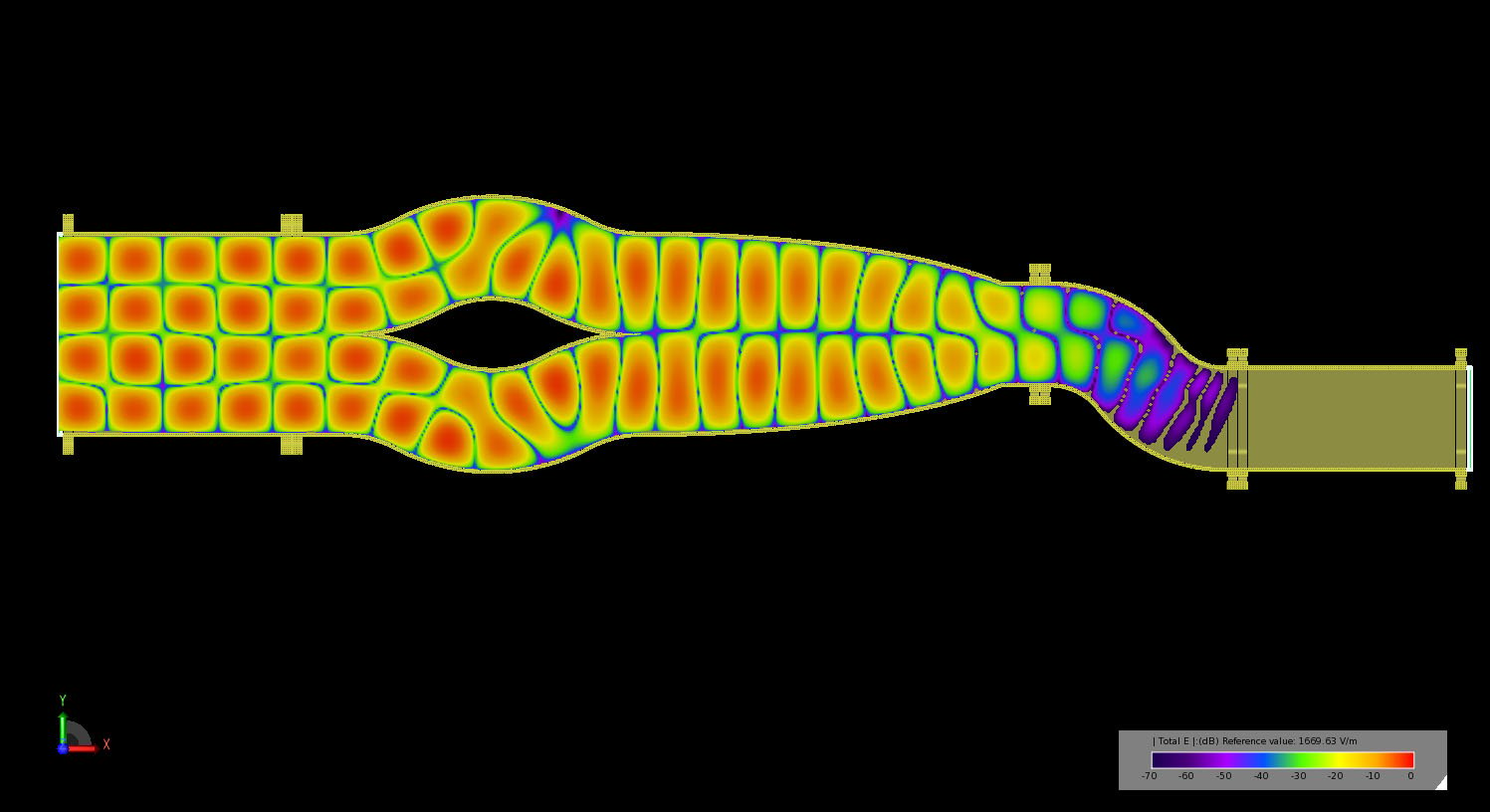Contents

Source: Remcom
Understanding Mode Field Converters in Photonics
Introduction to Mode Field Converters
Mode field converters, also known as mode field adapters, are integral components in the field of photonics. These optical devices are designed to expand or contract the mode in the transverse spatial dimensions. This capability is crucial in applications where light needs to be efficiently coupled between different optical components, such as from a laser diode to an optical fiber.
Functionality and Importance
The primary function of a mode field converter is to adjust the size of the optical mode to match that of another optical component. For example, in the case of coupling light from a laser diode to a single-mode optical fiber, the mode field converter increases the effective mode area from a minuscule size to one that is compatible with the fiber. This adjustment ensures minimal coupling loss, which is essential for efficient light transmission.
Principle of Operation
At its simplest, a mode field converter can be constructed using a single optical lens. The light emitted from the first waveguide expands in free space and is then refocused by the lens to match the size of the second waveguide. However, this approach may not always be practical, especially in compact or monolithic systems where free-space propagation is undesirable.
Advanced Techniques in Mode Field Conversion
To overcome the limitations of free-space propagation, more advanced techniques have been developed. One common approach is the use of tapered waveguides. In these devices, the transverse dimensions of the waveguide change gradually, allowing the mode to adiabatically adjust its size as it travels through the waveguide. This results in efficient mode conversion with minimal loss.
Non-Adiabatic Mode Conversion
In addition to adiabatic methods, non-adiabatic mode conversion techniques have been explored. These involve more abrupt changes in the waveguide structure, which can lead to even more compact solutions. Innovations in nanotechnology have enabled the development of such converters, sometimes utilizing surface plasmons to achieve the desired mode transformation.
Applications and Future Prospects
Mode field converters find applications in various fields, including telecommunications, laser technology, and optical sensing. As the demand for more efficient and compact optical systems grows, the development of innovative mode field conversion techniques will continue to be a focus of research and development.
Conclusion
Mode field converters play a critical role in the efficient coupling of light between different optical components. By understanding and utilizing advanced techniques such as tapered waveguides and non-adiabatic converters, the photonics industry can achieve greater efficiency and compactness in optical systems. As technology advances, these converters will continue to evolve, offering new possibilities for innovation in photonics.

Source: ResearchGate
Feel free to comment your thoughts.



